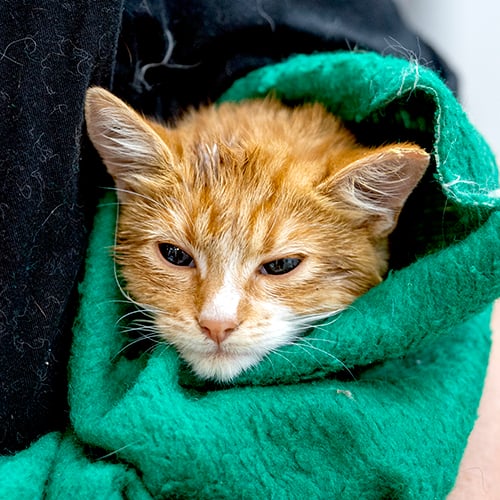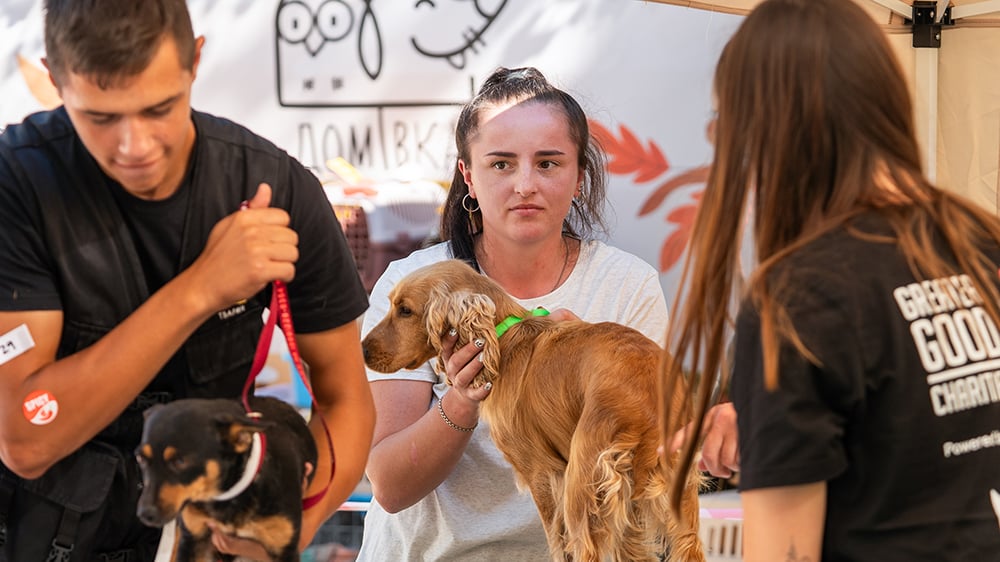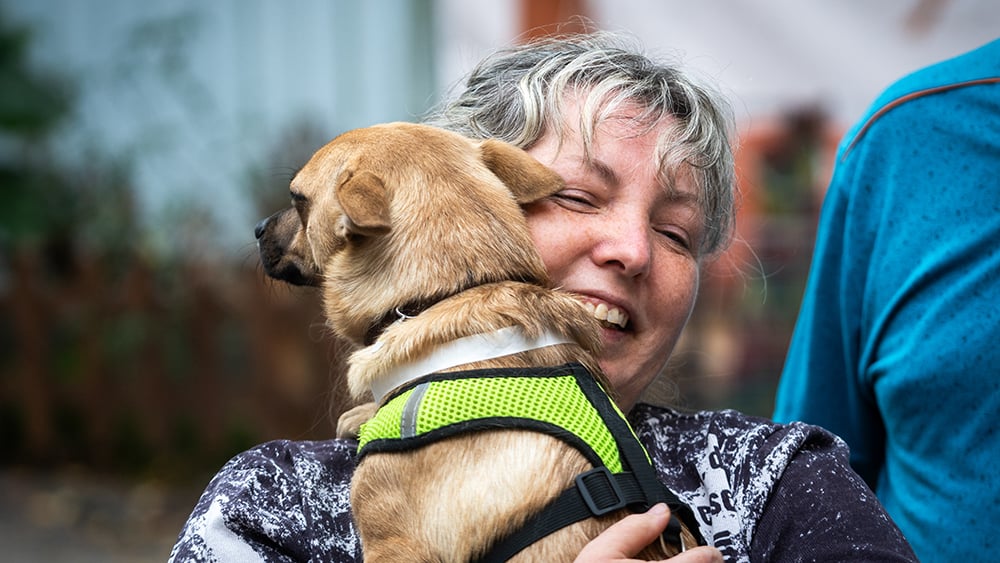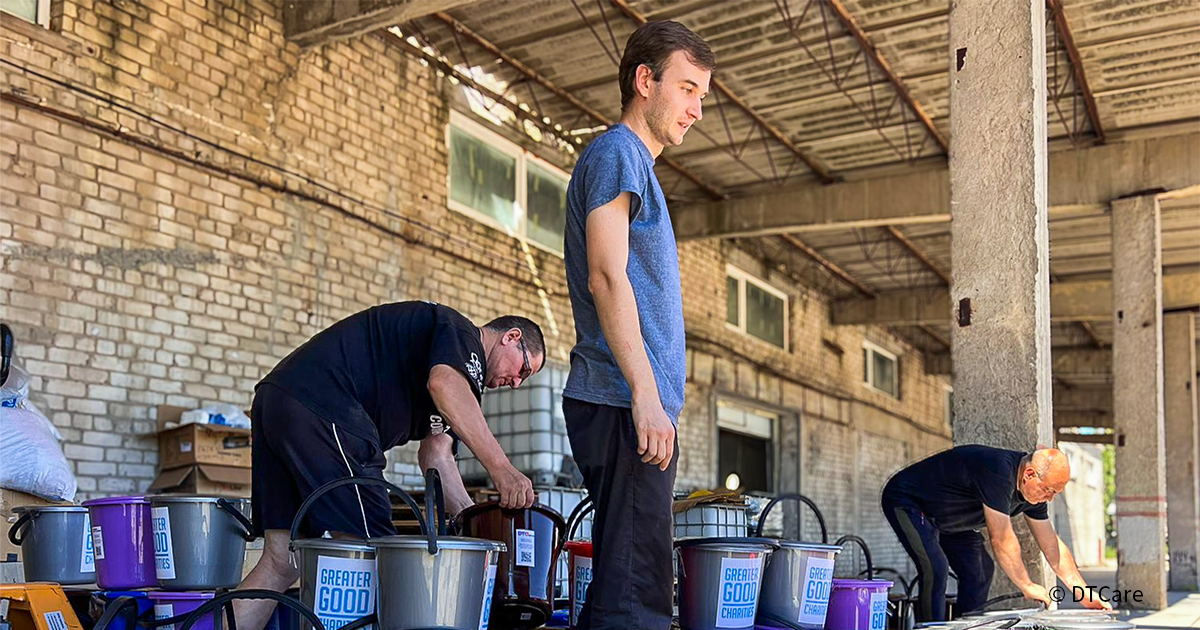How Community Spay and Neuter Programs Help End Pet Overpopulation
The overpopulation of dogs and cats is a long-standing crisis—millions of animals are born into homelessness each year, with shelters nationwide stretched beyond capacity. But there is a proven, scalable way to address the root of the issue: community-based spay and neuter programs.
These initiatives go beyond individual pet sterilization. They remove barriers, build trust, and give underserved communities the tools and access they need to care for animals humanely and sustainably. The result? Fewer unwanted litters, fewer animals in crisis, and stronger communities for both people and pets.
 Photo © Oro Whitley
Photo © Oro Whitley
Why Is Spaying and Neutering Important?
Sterilization prevents unplanned litters—the leading contributor to animal overpopulation. But the benefits go much further:
For Pets:
- Longer, healthier lives: Spaying and neutering reduce the risk of cancers and infections like pyometra and testicular cancer.
- Safer behavior: Sterilized pets are less likely to roam, get in fights, or be hit by cars.
- Improved temperament: Fixed pets often show reduced aggression, anxiety, and stress-linked behaviors like spraying or mounting.
For Pet Owners:
- Stronger bonds: Spayed and neutered pets are often more affectionate and easier to manage.
- Fewer surprises: Avoiding unwanted litters saves time, money, and emotional stress.
- Cleaner homes: Female pets won’t go into heat, and males are less likely to mark or spray indoors
 Photo © Oro Whitley Photo © Oro Whitley |
 Photo © Oro Whitley Photo © Oro Whitley |
The Real Impact of Community Spay and Neuter Access
While spaying and neutering are vital, access is often the missing link, especially in rural areas, Indigenous communities, and low-income neighborhoods. Without nearby veterinary clinics, transportation, or the ability to pay out-of-pocket, many families face impossible choices. That’s where mobile clinics, pop-up events, and collaborative local partnerships come in.
Community-focused spay/neuter efforts:
- Provide free or low-cost sterilization and vaccines
- Travel to underserved areas
- Partner with local shelters and leaders for outreach
- Involve communities in care and follow-up
When pet owners are met with respect, clear communication, and accessible services, they’re more likely to participate—and keep participating. This creates long-term change, reduces shelter intake, and curbs the need for euthanasia.
 Photo © Oro Whitley
Photo © Oro Whitley
How Spay and Neuter Programs Benefit Communities
Beyond individual pets, sterilization benefits the broader community in meaningful ways:
- Public health improvement: Fewer free-roaming animals reduce the spread of disease and the risk of injury or bites.
- Lower municipal costs: Reducing stray populations eases the financial burden on shelters and animal control services.
- Reduced human-animal conflict: When fewer animals roam, damage to property and wildlife declines, and tensions decrease.
By addressing animal overpopulation at the source, communities become safer, healthier, and more humane for everyone.
 Photo © Oro Whitley
Photo © Oro Whitley
Is Neutering Good for Dogs? And Cats? Yes—For Them and For Us
Neutering and spaying are safe, common procedures recommended by veterinarians and public health experts alike. They help reduce hormone-driven behaviors and make pets easier to integrate into families and homes.
In the long run, choosing to spay or neuter is one of the most effective things we can do to reduce suffering and promote animal well-being. It also reflects the values of responsibility, compassion, and equity by ensuring that resources and care are available to all, not just a few.




You Can Help Stop Pet Overpopulation
Every community deserves access to veterinary care. Every pet deserves a chance to live without fear, pain, or neglect. And every person who wants to do right by their animals should have the tools and support to do so.
You can support this work by:
- Donating to fund spay/neuter surgeries in high-need areas
- Spreading awareness about the importance of pet sterilization
- Advocating for equitable access to care in your local community
Spaying and Neutering Is Not Just a Procedure—It’s a Pathway to Prevention
Controlling the pet population isn't about quick fixes. It’s about creating systems of care that last—programs that meet people where they are, build trust, and ensure that animals are not born only to suffer.
Spay and neuter access is one of the most compassionate, effective, and equitable solutions to animal overpopulation. When communities are empowered, everyone benefits.


